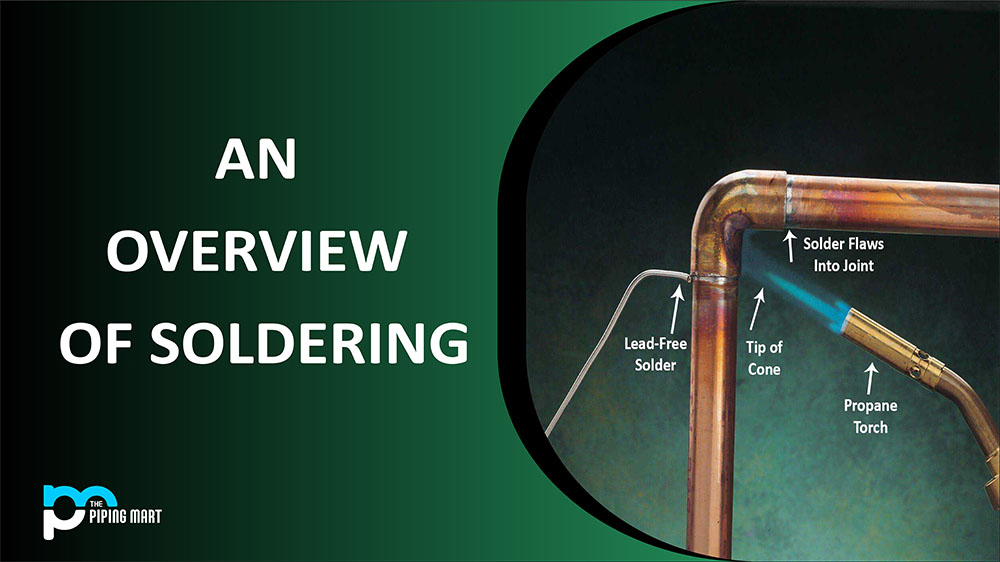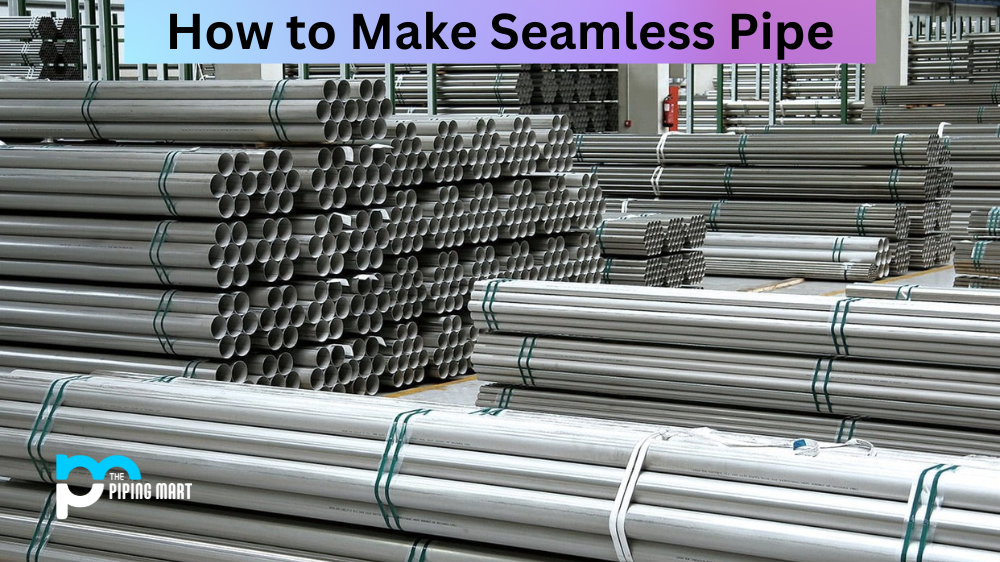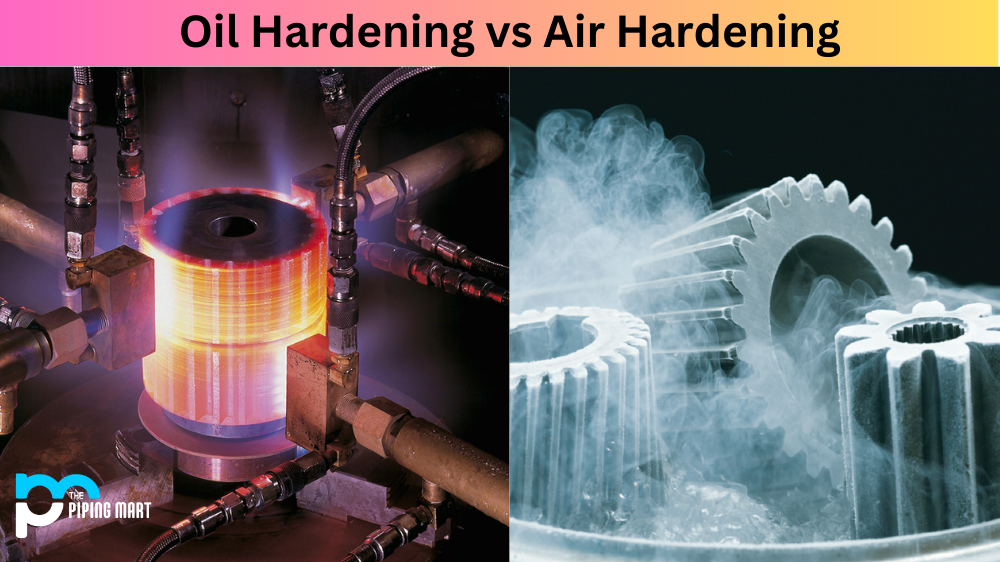By adding filler metal with a melting temperature below 450°C, two pieces of metal sheet are joined using the soldering method. In the soldering procedure, solder, an alloy of tin and lead, is utilized as the soldering material.
In addition to being employed in the soldering process, the flux substance is composed of zinc chloride and ammonium chloride. The molten solder cannot moisten and flow into the joint while flux is present. Different compositions of lead and tin alloy are typically used depending on how the common will be used.
The alloy’s strength and adhesive properties affect the soldering joint’s strength. The flux remnants should be thoroughly washed away after soldering to prevent corrosion. The soldering joint’s power is not very high. Electric and electronic applications, sheet metal work wire terminals, sealing of metal containers, and similar minor parts frequently use soldering.
Types of Soldering
- Soft soldering
- Hard or Silver soldering
- Brazing
Soft Soldering
It is utilized in sheet metal work when attaching pieces that won’t be subjected to intense loads, stresses, or high temperatures. Wires and tiny components are also joined via soft soldering. The melting range of the solder, which mainly consists of lead and tin, is 150 to 350°C. In soft soldering, an appropriate flux is always employed.
Its purpose is to dissolve the oxides that have accumulated on the metal surfaces during the healing process or to prevent oxidation of the characters from being welded. The most popular solder flux is zinc chloride, although it is corrosive. Although the resin is non-corrosive, it lacks the cleaning ability of zinc chloride. A torch or soldering iron is created, a tool for melting flux and solder onto base metals.
Hard or Silver Soldering
It uses stronger solder than soft soldering, which melts at greater temperatures. Complex soldering techniques like silver soldering use a solder made of silver and tin. Fluxes are usually applied to the joint with a brush and heated before being put into a paste. The following are the various solder compositions for multiple applications:
- Soft solder has 37% lead and 63% tin.
- Medium solder is 50% lead and tin.
- The plumber’s solder is 70% lead and 30% tin.
- 58% lead and 42% tin are used in electricians’ solder.
Brazing
Compared to the metals used in hard and soft soldering, these forms of soldering metal have a much greater melting point. The metal being joined is heated rather than melted, akin to hard soldering. The solder metal, which melts and acts as a bonding agent, can then be placed between the two materials once they have been heated to the correct temperature.
Soldering Tools
- Soldering iron
- Soldering station
- Iron tips
- Brass or conventional sponge
- Soldering iron stand
- Solder
- Helping Hand
Soldering Iron
A soldering iron is a hand tool used to heat solder at high temperatures above the melting point of a metal alloy, typically from an electrical power supply. It enables the flow of solder between the workpieces needed for joining.
An electrical power source is often used to heat a soldering iron; a hand instrument is used to heat solder to high temperatures above the melting point of a metal alloy. It permits the solder to flow between the components that must be joined.
Soldering Station
This is excellent if you plan to solder a lot because it gives you greater freedom and control. The capacity to appropriately control the soldering iron temperature is a significant benefit of a soldering station, which is fantastic. These stations can help establish a secure workplace because some come equipped with sophisticated temperature sensors, alarm settings, and password protection.
Soldering Iron Tip
A soldering tip is an interchangeable component found on most soldering iron ends. This advice can be found in many different kinds and sizes. Each piece of information serves a specific function and offers a clear advantage over the others. The advice you use most frequently for electrical tasks is:
- Conical tip
- Chisel tip.
Conventional Sponge
The soldering iron tip can be cleaned using a sponge to help remove oxidation. The information will turn black with oxidation and stop accepting solder like it did when it was brand-new. You may use a regular wet sponge, but the increase and decrease will reduce the lifetime of the tip. Additionally, the tip temperature will drop as the wet sponge is wiped. Therefore, using a brass sponge is preferable.
Soldering Iron Stand
A soldering iron stand is a straightforward but helpful tool to use when soldering. This stand prevents the hot iron tip from accidentally cutting your hand or making touch with combustible things.
Solder
A solder metal alloy is heated to link electrical components strongly—a material inside the core known as a flux aids in enhancing electrical contact and mechanical strength. For electronic soldering, lead-free Rossin core solder is the most typical variety.
Helping Hand
It is a tool made up of two or more clips, and occasionally a light or magnifying glass is added. When utilizing the soldering iron and solder, the clips will help you hold the objects you are trying to solder. It is regarded as a highly beneficial tool during soldering.
Safety in Soldering
Soldering irons may reach temperatures of 800 degrees Fahrenheit. Therefore, it’s crucial always to be aware of where your iron is. To avoid unintentional harm when soldering, utilize a soldering iron stand.
Heat-induced gases that are highly hazardous to your eyes and lungs are emitted when the solder is heated. It advises employing a fume extractor, a fan that traps dangerous solder gases with a charcoal filter. It would help if you used safety goggles to protect your eyes from a hot solder splash when soldering.
Advantages of Soldering
- It is a quick and affordable operation.
- There has been no metallurgical damage to the base metal because it was completed at a low temperature.
- By simply heating, the soft solder joint can be easily disassembled.
- Compared to welding, less operator fatigue occurs. Soft and hard soldering are the two categories used to categorize it.
Disadvantages of Soldering
- The procedure is only applicable to minimum thicknesses (3mm).
- An expert operator is necessary.
- When compared to welding, the joint’s strength is lesser.
Applications of Soldering
- Radiator cores for automobiles are joined by soldering.
- Employed in plumbing.
- Mostly helpful in the radio, television, and computer sectors.
- For use in the electrical industry when connecting wires and cables to lugs.

Pipingmart is B2B portal specializes in industrial, metal and piping products. Also, share latest information and news related to products, materials and different types grades to help business dealing in this industry.




